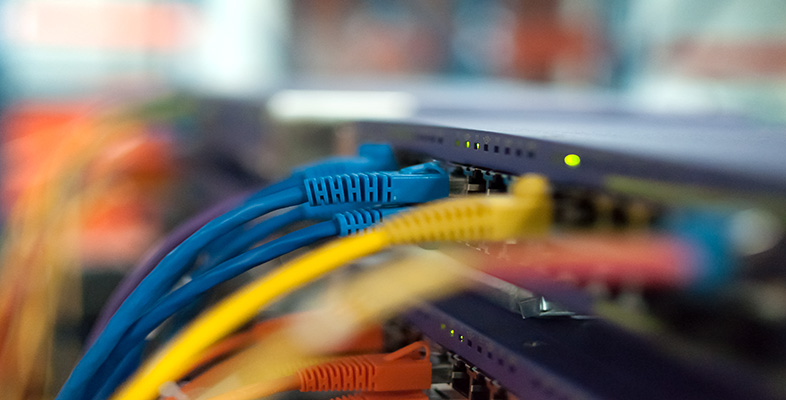5.2 Comparing WiFi and Bluetooth
Activity 20: self-assessment
We have used Table 3 to help us make a comparison between WiFi IEEE 802.11g and Bluetooth. Try to complete the empty cells yourself from the information we have given about these two technologies. There may be some cells where the answer is not completely clear cut, but try to give as much information as you can to enable a comparison to be made between the two technologies.
| Characteristic | WiFi | Bluetooth |
|---|---|---|
| How transmitted | wireless in ISM band | |
| Equipment needed | NIC and possibly access point | |
| Maximum data rate | ||
| Approximate maximum throughput | 721 kbps | |
| Methods for sharing the medium | protocols for sharing | |
| Optimum operating range | ||
| Standards family | ||
| Network structure | piconet or scatternet | |
| Number of nodes supported | depends on equipment manufacturer but limited by practical data rate |
Answer
Answers
The completed Table 3 is shown below as Table 4.
| Characteristic | WiFi | Bluetooth |
|---|---|---|
| How transmitted | wireless in ISM band | wireless in ISM band |
| Equipment needed | NIC and possibly access point | Bluetooth-enabled microchip |
| Maximum data rate | 54 Mbps | 1 Mbps |
| Approximate maximum throughput | 30 Mbps | 721 kbps |
| Methods for sharing the medium | protocols for sharing | controlled by master unit |
| Optimum operating range | up to 30 m | less than 10 m |
| Standards family | IEEE 802.11 | IEEE 802.15 |
| Network structure | ad hoc or infrastructure | piconet or scatternet |
| Number of nodes supported | depends on equipment manufacturer but limited by practical data rate | 8 per piconet but more when piconets connected into a scatternet |
As you were working through Activity 20, you will have seen that some of the information needed to complete the table was not clear cut. For example, the WiFi discussion in the previous section quoted operating ranges of both 30 m and 100 m. It was stated that achievable data rate falls off at distances greater than 30 m, so it was clear that the optimum range is up to 30 m. But the Bluetooth discussion simply stated that range 'is limited to approximately 10 m' and there was no information given on whether data rates are improved at a closer range.
In exercises of this type you may sometimes find it quite difficult to compare like for like because the information may not always be available to you. On occasions you will need to make reasonable compromises, as we did in this answer when we identified 'less than 10 m' as the optimum range for Bluetooth. The point is, for the purposes of the comparison, this is sufficient because we can see from the completed table in the answer to Activity 20 (Table 4) that WiFi has a range that is at least three times that of Bluetooth given no physical obstructions.
